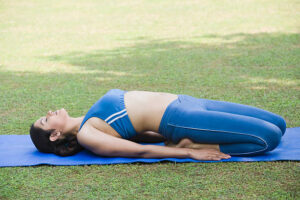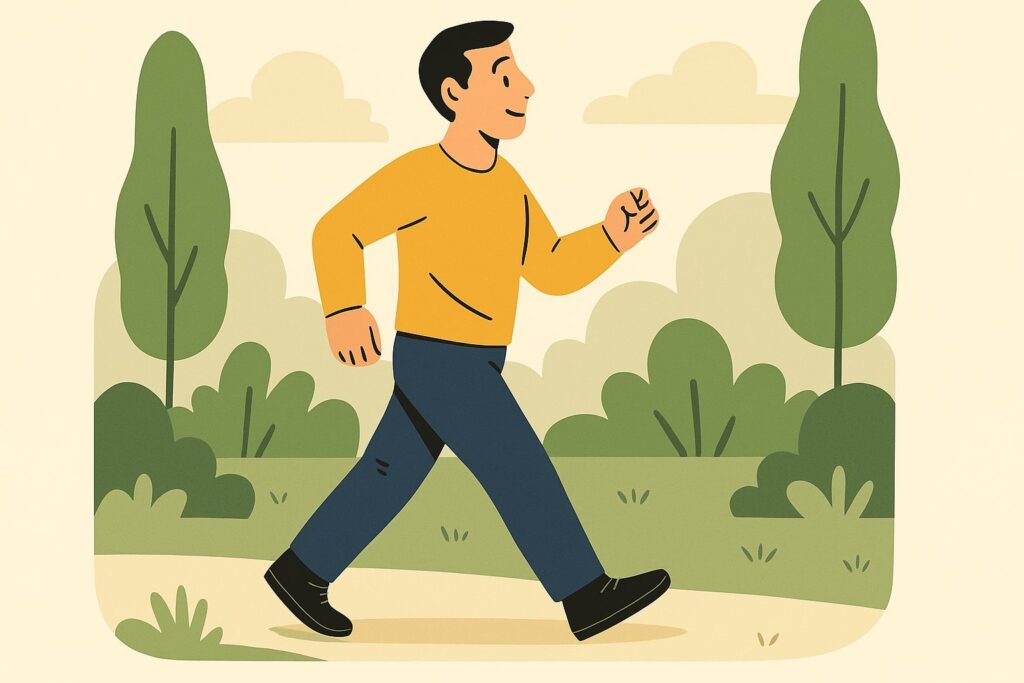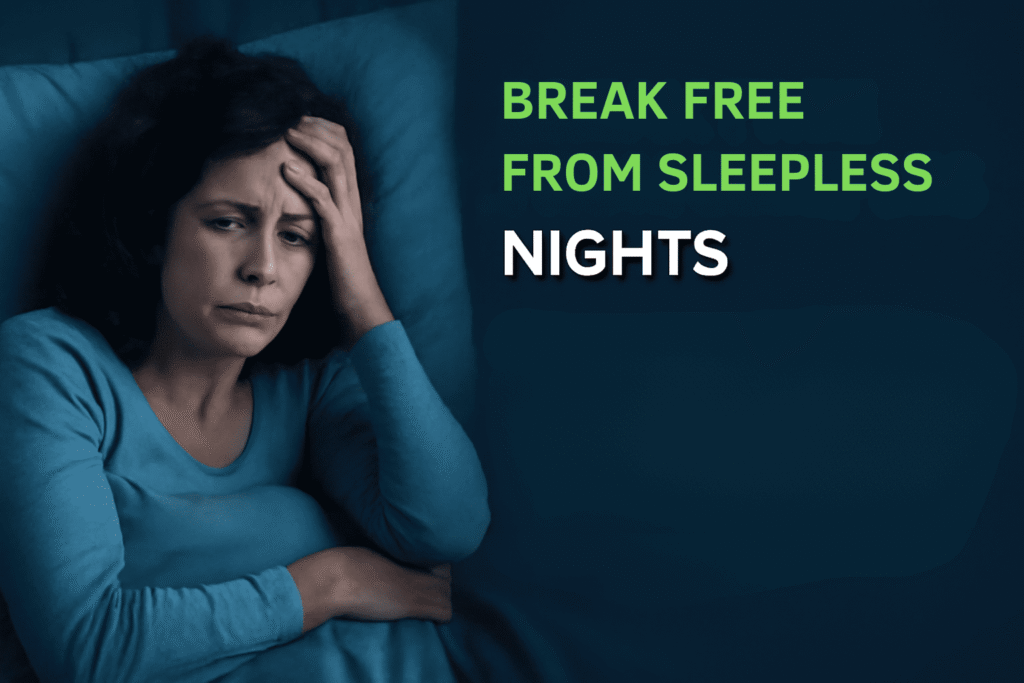Index of Contents
ToggleIntroduction
Post-traumatic stress disorder (PTSD) is a psychiatric disorder that can occur in people who have experienced or witnessed a traumatic event. The disorder affects approximately 8 million American adults each year.
PTSD is characterized by four main types of symptoms:
-
- Re-experiencing symptoms such as flashbacks or nightmares related to the traumatic event
-
- Avoidance symptoms such as staying away from places or people that remind them of the event
-
- Negative changes in thinking and mood such as feelings of fear, guilt or shame
-
- Changes in physical and emotional reactions such as being easily startled or feeling tense and on edge
People with PTSD often relive the event through intrusive distressing recollections of the event, including images, thoughts or perceptions. They may also have intense psychological distress or physiological reactivity to anything that symbolizes or resembles an aspect of the traumatic event.
PTSD can severely impact a person’s daily functioning and quality of life. Often, people with PTSD struggle with keeping a job, maintaining relationships, and substance abuse. Suicide risk is also higher among those with PTSD.
Yoga is a promising additional treatment that can potentially help reduce symptoms for people with PTSD. Yoga incorporates physical postures and exercises with deep breathing and meditation. This mind-body practice may provide PTSD sufferers with tools to manage their stress, improve emotional regulation, and achieve a sense of calm.
PTSD Prevalence and Effects
Post-traumatic stress disorder (PTSD) is a psychiatric disorder that can occur in people who have experienced or witnessed a traumatic event. According to the DSM-5 diagnostic criteria, PTSD includes symptoms such as intrusive thoughts, avoidance, negative changes in thinking and mood, and changes in physical and emotional reactions.
To receive a PTSD diagnosis, symptoms must continue for at least one month and cause significant impairment in important areas of functioning. Approximately 3.6% of the U.S. adult population will experience PTSD in their lifetime. Rates are higher in military veterans, with about 30% of Vietnam veterans affected by PTSD at some point.
People with PTSD often experience a reduced quality of life. Their symptoms can negatively impact relationships, work, and overall well-being. Individuals with PTSD may feel constantly stressed or fearful, unable to enjoy normal activities, and cut off from friends and family. PTSD is associated with higher unemployment rates, greater risk of suicide, and increased likelihood of substance abuse. Effective treatment is extremely important for relieving suffering and restoring functioning.
Standard PTSD Treatments
Post-traumatic stress disorder (PTSD) is commonly treated using psychotherapy and medications. The main types of therapy used are:
-
- Cognitive behavioral therapy (CBT) – This helps people identify and change destructive thoughts and behaviors related to the trauma. CBT can help patients recognize triggers, overcome avoidance, and process memories. Through CBT, a patient may confront trauma memories and work to change upsetting thoughts about the trauma.
-
- Exposure therapy – This gradually exposes the patient to trauma-related memories or situations in a safe environment. It helps the individual face fears related to the trauma so those triggers have less power over time. This could involve going to places that are reminders of the trauma or recounting the experience.
-
- Eye movement desensitization and reprocessing (EMDR) – This has the patient recall traumatic memories while receiving stimulation like eye movements or hand taps. EMDR can help process upsetting memories and thoughts.
Medications may also be prescribed to help manage PTSD symptoms. Some common options include:
-
- Antidepressants – These can help relieve depression and anxiety symptoms associated with PTSD. Selective serotonin reuptake inhibitors (SSRIs) like sertraline, paroxetine, and fluoxetine are often used.
-
- Anti-anxiety medications – Medications like benzodiazepines can be used short-term to reduce severe anxiety, panic, and sleep problems related to PTSD.
-
- Prazosin – This drug may decrease nightmares and insomnia linked to PTSD flashbacks.
While therapy and medication can help many patients, some find these standard treatments insufficient. Adding complementary approaches like yoga may provide additional benefit.
How Yoga Can Help with PTSD
Many of the core symptoms of PTSD, including anxiety, insomnia, hypervigilance, emotional numbing, and anger outbursts, respond well to mind-body practices like yoga. Yoga combines physical postures and movement, breathing exercises, and meditation techniques that can have profound effects on both the mind and body.
Several aspects of a yoga practice can target and alleviate common PTSD symptoms:
-
- The physical yoga postures release muscle tension, increase body awareness, and promote relaxation. This helps counteract the chronic hyperarousal of PTSD.
-
- Controlled yogic breathing techniques, or pranayama, activate the parasympathetic nervous system, lowering stress. Deep, calming breaths can provide relief from anxiety and panic symptoms.
-
- Meditation and mindfulness practices train attention and promote a sense of calm and inner peace. This allows PTSD sufferers to gain some distance from painful thoughts and memories. Mindfulness also decreases emotional reactivity.
-
- The spiritual aspects of yoga connect individuals to something larger than themselves, helping counteract the isolation and disconnection many feel after trauma. Yoga philosophy emphasizes living fully in the present moment.
-
- Yoga typically takes place in a safe, welcoming community. This social support provides healing human connection and allows building trust with others. It counters the relationship difficulties frequently seen with PTSD.
-
- Yoga encourages being gentle with oneself, listening to one’s body, and moving within a comfortable range. This provides inner resources to overcome trauma-based tendencies towards self-criticism or self-harm.
-
- Yoga promotes accepting all experiences with equanimity, seeing them as impermanent and without judging them as good or bad. This helps trauma survivors relate to memories and triggers with greater calm.
Regular yoga practice can instill a sense of empowerment, control, and inner peace. In this way, yoga allows PTSD sufferers to actively care for and transform their own body and mind – instead of remaining stuck in trauma-based patterns. The self-awareness and regulation gained through yoga offers hope, resilience and a sense of post-traumatic growth.
Yoga Practices Beneficial for PTSD
Yoga incorporates various techniques that can help manage PTSD symptoms. Controlled breathing exercises are one of the core practices in yoga. These help calm the nervous system and ease anxiety. Diaphragmatic breathing, also known as belly breathing, is especially beneficial. It involves breathing slowly and deeply into the belly rather than taking shallow breaths into the chest. Deep breathing activates the parasympathetic nervous system and promotes relaxation.
Meditation and mindfulness practices are also central to yoga. These train the mind to stay present and observe thoughts and feelings without judgment. Meditation may help PTSD sufferers gain distance from painful thoughts and memories. Staying focused on the present through the breath prevents the mind from being hijacked by traumatic flashbacks. Studies show meditation can reduce hyperarousal and increase ability to manage emotions.
Gentle yoga poses can safely build strength and flexibility. Poses often focus on opening areas that hold tension like the chest and shoulders. Moving through poses with controlled breathing and mental focus shifts the practitioner out of “fight or flight” mode. Restorative poses using props like blankets allow the body to relax deeply. Yoga’s holistic approach connects the mind and body to counteract PTSD disconnection and numbness. A trauma-sensitive yoga practice provides a safe way to become reacquainted with the body.
Research Evidence on Yoga for PTSD
A growing body of research has examined the effects of yoga on PTSD symptoms, suggesting that yoga can be an effective adjunct treatment. Here is an overview of some of the major studies:
-
- In 2010, a randomized controlled trial found that Sudarshan Kriya yoga helped alleviate PTSD symptoms in PTSD patients whose symptoms had persisted after standard treatments. Patients had significantly lower scores on PTSD assessments after the yoga sessions.
-
- A pilot study in 2021 tested yoga for military veterans with PTSD, pairing yoga with an evidence-based PTSD treatment called PE (Prolonged Exposure). Participants showed reduced PTSD and depression after 8 weeks of yoga sessions. The results support yoga as an augmentation strategy for PTSD treatment.
-
- Researchers in 2018 conducted a literature review on yoga for PTSD, examining 10 studies on the topic. They concluded that yoga shows promise for reducing PTSD symptoms, improving quality of life, and boosting resilience. However, more rigorous studies are still needed.
-
- Another literature review in 2017 looked at 6 studies on yoga for PTSD. It found evidence that yoga can decrease hyperarousal symptoms of PTSD like insomnia, anxiety, and anger outbursts. The researchers determined yoga is a useful add-on intervention for PTSD.
-
- A 2016 study of women with PTSD from intimate partner violence showed yoga significantly reduced their PTSD symptom scores compared to a control group on a waitlist. This pilot study thus provides initial evidence for yoga helping this specific PTSD population.
While more research is still required, these major studies demonstrate the potential for yoga as an adjunctive or complementary therapy for reducing PTSD symptoms in those suffering from this disorder. Yoga shows particular promise for ameliorating hyperarousal symptoms and improving quality of life.
Implementing a Yoga Practice
Yoga can be an accessible and effective tool for managing PTSD symptoms, but knowing where to start can be challenging. Here are some tips for starting a yoga routine at home or finding a teacher or class that fits your needs:
Starting a Home Yoga Practice
-
- Start slow – Even 5-10 minutes per day is great. It’s better to be consistent than to overdo it initially.
-
- Prioritize breathing – Simple pranayama breathing exercises align the body and mind.
-
- Use props – Blocks, blankets, straps, etc. can help modify poses. Don’t push your body too far.
-
- Create a peaceful space – Clear an area, diffuse calming scents, play soft music to optimize relaxation.
-
- Follow tutorials – Online videos and apps can provide guidance until you’re ready for classes.
-
- Focus on sensations – Tune into how your body feels without judgment. Release tension from within.
Finding a Teacher or Class
-
- Look for trauma-informed yoga – Ask if the teacher has PTSD-specific training. The Trauma Center trains such teachers.
-
- Connect with your VA hospital – Many VA facilities offer adaptive yoga classes tailored for veterans.
-
- Search local studios – Call ahead to ask if they offer sensitive, gentle yoga classes.
-
- Communicate your needs – Inform the teacher of your PTSD symptoms and any physical limitations.
-
- Arrange private sessions – One-on-one classes can provide an intimate, safe environment.
-
- Drop in on beginner classes – These provide a lower-stress way to start without commitment.
-
- Consider specialized programs – Some intensive retreats like Warriors at Ease cater specifically to veterans with PTSD.
The key is starting small and creating a patient, nurturing practice. Over time, yoga can help you reconnect with and heal your body from within.
Overcoming Barriers
Taking up a regular yoga practice can be challenging for anyone, and even more so for those managing PTSD symptoms. However, with commitment and self-compassion, it is possible to establish a consistent routine.
Lack of Motivation
One of the hallmarks of PTSD is avoidance – avoiding situations, memories, emotions that trigger distressing symptoms. This avoidance can extend to starting a yoga practice, as it requires confronting challenging feelings and being present with oneself. It’s important not to judge yourself for lack of motivation, but rather approach each practice with curiosity and patience. Consider starting with shorter sessions, even 5 minutes, to build momentum. Enlist support from loved ones to hold you accountable. Above all, focus on how good you’ll feel after practicing rather than how hard it is to begin.
Triggers During Practice
As yoga involves observing the breath, settling into stillness, and tuning into the body, it can surface memories, flashbacks, and difficult emotions. This is natural given the way yoga works to “unblock” and bring awareness to what the mind has tried to avoid. Strategies like keeping eyes open, yoga near a support, and modifying poses can help you feel in control. If you become flooded by triggers during a practice, pause, breathe consciously, acknowledge you’re in the present, and decide if continuing is advisable. Yoga should make you feel empowered, not endangered. With time and the right precautions, you’ll feel increasingly safe to lean into yoga’s healing process.
Additional Lifestyle Changes
PTSD recovery requires a holistic approach beyond just yoga. Making positive changes to your lifestyle can greatly complement a yoga practice and reduce PTSD symptoms.
Diet
Eating a balanced, nutritious diet is vital for healing from PTSD. Focus on getting plenty of fruits, vegetables, lean proteins, and whole grains. Avoid excessive caffeine, alcohol, and sugary or processed foods, which can negatively impact mood and sleep. An anti-inflammatory diet full of omega-3s from foods like fish, nuts, and seeds can help reduce anxiety and depression. Stay hydrated by drinking lots of water throughout the day.
Sleep Hygiene
Getting enough high quality sleep is crucial when recovering from PTSD, as sleep impacts mood, focus, and overall health. Establish a regular sleep routine of going to bed and waking up at the same time daily. Make sure your bedroom is cool, comfortable, and free of disruptive light or noise. Avoid screens and stimulating activities before bedtime. Consider supplements like melatonin or magnesium to promote restful sleep.
Social Support
Connecting with supportive friends, family, and communities can alleviate PTSD isolation and loneliness. Share your experiences with trusted loved ones, join a support group, or speak to a therapist. Spend time with people who uplift and encourage you. Bonding through activities like volunteering, classes, or hobbies can also be beneficial. However, cut ties with toxic relationships that cause additional stress. Surrounding yourself with positive social connections will aid your recovery.
Conclusion
Yoga has emerged as a promising complementary treatment for post-traumatic stress disorder (PTSD). Through its emphasis on controlled breathing, mindfulness, and gentle movement, a regular yoga practice can help reduce hyperarousal, flashbacks, anxiety, and depression associated with PTSD.
Research studies have demonstrated that yoga can be as effective as traditional therapies in alleviating PTSD symptoms. A yoga practice helps connect the mind and body, increase body awareness, and develop coping skills for triggering situations. Yoga’s focus on the present moment counteracts the tendency of those with PTSD to relive the past.
Even a basic yoga routine of 10-15 minutes per day can impart benefits. Try beginning with simple seated poses, breathwork, and guided meditations geared for PTSD. Work up to more active practices like vinyasa flow. Find a style of yoga you enjoy and aim for consistency. Over time, yoga builds mental resilience and equips you with lifelong tools to manage stress.
If you or a loved one suffers from PTSD, give yoga a try as part of your recovery plan. Work with a trauma-informed instructor if possible. While yoga is not a cure-all, it can complement other evidence-based therapies to help you regain health and peace of mind. With regular practice, you may find your symptoms gradually improve and your quality of life enhanced.



